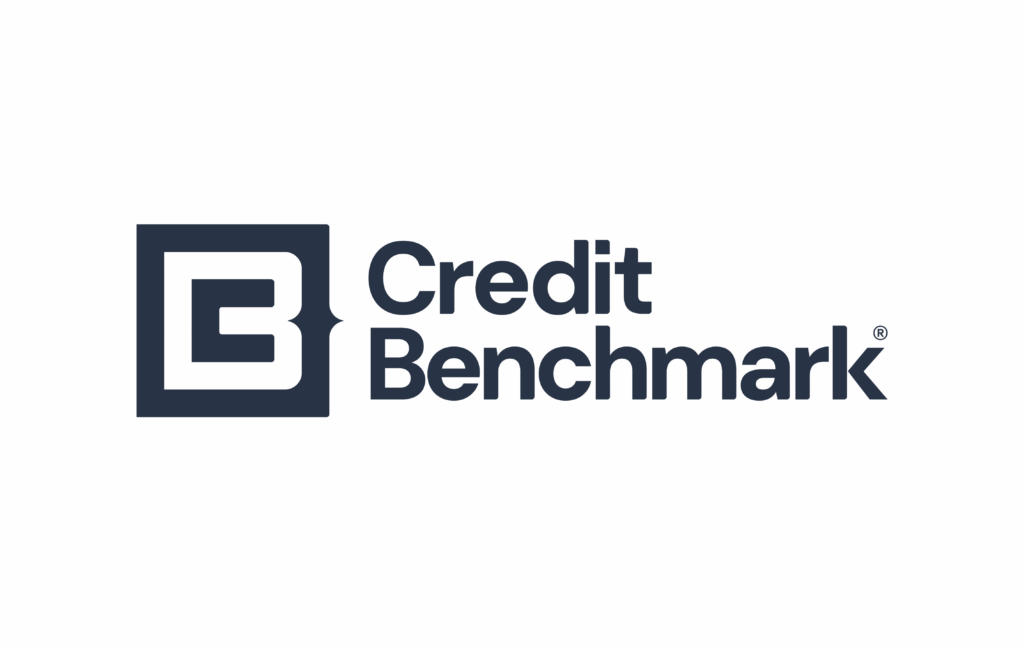If 2019 were a television series, the past year provided a dramatic season of viewing and ended on a veritable cliff-hanger, leaving onlookers wondering whether 2020 will bring resolution to a number of world issues or whether the stage has been set for renewed theatrics.
The United States played a starring role as the rest of the world watched the President become the third leader in history to be impeached by the House in December. Our chief protagonist kept investors guessing by prolonging the ongoing US-China trade wars while simultaneously applying a slew of tariffs across Europe, South America, and elsewhere in Asia. With New Year’s celebrations overshadowed by renewed US-Iran tensions and as bushfires ravage large swathes of Australia, geopolitics and climate change have emerged as key themes for the coming year and decade.
One story arc that delighted investors was the rise and rise of bond and equity markets in 2019. In the US, bulls stampeded through Wall Street, with US 10-year Treasury yields falling from 2.6% to below 2%, and the Federal Reserve indicating that rate hikes are unlikely in 2020. US corporate bond spreads were generally stable (except CCC – see report), and the S&P500 equity index rose by a staggering 25%. But such giddy heights have their limitations, and this pace of growth will inevitably slow in 2020 according to investor forecasts.
Amidst market speculation, where can we look to find real-world ‘spoilers’ for 2020? This report uses bank-sourced credit risk assessments to show how 2019 unfolded in some key geographies and industries – assessments which, crucially, are based on actual expected default frequencies. Compared with market implied views – such as bond yields and CDS spreads – real world data provides “pure” credit risk estimates from lenders with direct exposures. By reviewing the year that was in credit risk, we can grasp some clues as to how the 2020 narrative may play out.
Key findings from the report:
- Both real world consensus and market implied measures show a significant divergence in
the lowest credit quality categories. Most categories – real world and market – improved in 2019.
- Financials are outperforming Corporates in the US, UK, and EU ex UK.
- Leveraged Loan credit risks are deteriorating, especially Private Equity owned firms
which are also on average of lower credit quality.
- Credit risk for major German equity issuers show a marked deterioration vs. major French
equity issuers, resulting in a clear gap (the two normally track each other
quite closely).
- Basic Materials in the US have shown a sharp improvement while Industrials have
stalled.
- Basic Materials and Industrials are both showing negative trends outside the US.
- US Large quoted companies (similar to the S&P500) show a dramatic improvement vs the
broader group (similar to the Russell 2000).
- Integrated US Oil & Gas are stable, but E&P and Pipelines are deteriorating.
- Airlines show a volatile global decline.
- Companies with poor ESG scores are typically of lower credit quality although the two
groups show a similar credit performance for most of 2019.
- US General Retailers are stabilizing but UK and EU ex UK continue to deteriorate.
.

